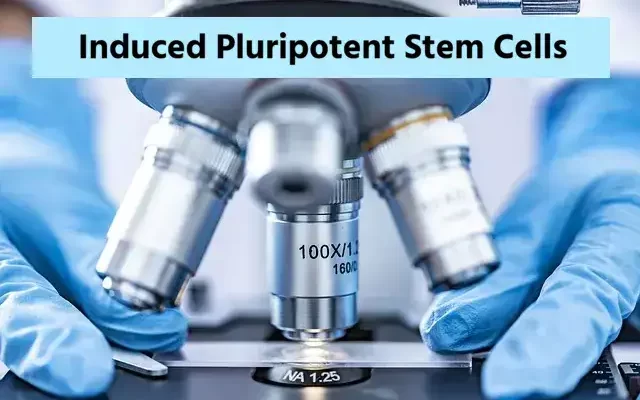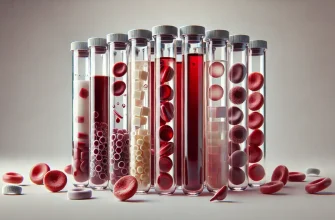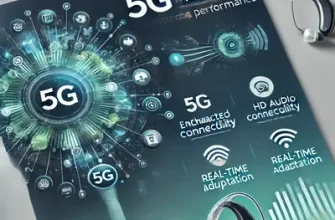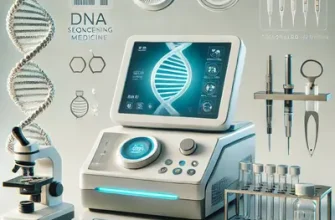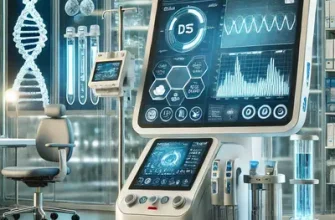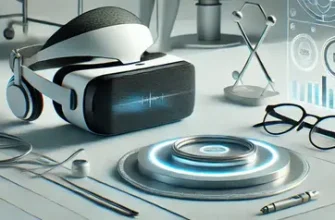Induced pluripotent stem cells (iPSCs) are a groundbreaking form of stem cell that has transformed the field of regenerative medicine. Created from adult somatic cells, iPSCs can develop into any of the 200+ cell types present in the human body. This groundbreaking discovery has widened horizons in medical research, offering hope for personalized treatment approaches and a deeper understanding of complex diseases.
Key Functions and Applications of iPSCs:
- Regenerative Medicine: iPSCs have the potential to substitute damaged or diseased tissues and organs by transforming into various cell types like neurons, heart cells, or pancreatic cells that can be utilized for the repair or replacement of damaged tissues.
- Disease Modeling: Induced pluripotent stem cells can be generated from individuals with certain diseases, offering insight into the root causes of these conditions. This ability enables the development of models that mimic diseases, aiding in the examination of how they develop and progress.
- Drug Discovery and Testing: Using iPSCs derived from patients to screen drugs can streamline the drug development process by pinpointing promising treatments and eliminating those that are ineffective or harmful at an early stage of research.
- Personalized Medicine: The technology of iPSCs allows for the creation of personalized therapies. By using cells from a person to produce iPSCs, it is possible to create cell lines specifically for that patient, lowering the chance of rejection by the immune system and enhancing the effectiveness of treatment.
The Significance of iPSC Technology:
The advent of iPSCs has marked a pivotal shift in medical research and treatment strategies. Not only do they eliminate many of the ethical concerns associated with the use of embryonic stem cells, but they also provide an abundant source of patient-specific cells for research and therapeutic purposes. This versatility has solidified their role as a cornerstone of modern biomedical research, continuing to garner significant scientific interest and investment.
While iPSCs have not reached their full potential in a clinical setting, current research is focused on overcoming challenges like the potential for tumor growth and improving reprogramming methods. As these obstacles are addressed, iPSCs have the potential to greatly improve personalized medicine and provide new options for treating conditions that were previously untreatable.
What are examples of pluripotent stem cells?
There are two primary examples of PSCs that researchers often focus on: embryonic stem cells (ESCs) and induced pluripotent stem cells (iPSCs).
Embryonic Stem Cells (ESCs)
- Source: Human ESCs are procured from the inner cell mass of the blastocyst, an early-stage preimplantation embryo.
- Characteristics: They can self-renew indefinitely in culture and retain the ability to develop into any type of cell found in the body.
- Research and Application Potential: ESCs serve as an invaluable model for understanding human development and disease. They are also being explored for their potential in cell-replacement therapies.
Induced Pluripotent Stem Cells (iPSCs)
- Creation Method: iPSCs are engineered in the lab by reprogramming adult somatic cells to return to a pluripotent state. This is typically achieved by introducing specific genes that reprogram the cells’ identity.
- Advantages: Since iPSCs can be derived from patient-specific cells, they can be utilized for personalized medicine purposes without the ethical concerns associated with ESCs. iPSCs can also be used to create disease models for research, allowing scientists to study the progression and potential treatment of various conditions.
While both ESCs and iPSCs fall under the categorization of pluripotent stem cells, it is important to differentiate them from multipotent adult stem cells, such as neural stem cells (NSCs), mesenchymal stem cells (MSCs), and hematopoietic stem cells (HSCs), which can only develop into a limited range of cell types specific to their tissue of origin. Pluripotent stem cells have a broader differentiation potential and are therefore at the forefront of cutting-edge medical research for their potential to regenerate any tissue or organ in the body.
Drawbacks of Using Induced Pluripotent Stem Cells (iPSCs)
- Integration of Viral DNA: The original methods for generating iPSCs involved using retroviruses and lentiviruses to deliver the necessary genes for cell reprogramming. A major drawback with this approach is the potential for uncontrolled integration of the viral DNA into the host cell’s genome, which can potentially lead to mutations and oncogenesis (cancer formation).
- Quality Control: Clinical-grade iPSCs must meet stringent quality controls to ensure their safety for therapeutic use. Maintaining high-quality standards is a complex and costly process, which includes extensive testing for genetic stability, pathogen contamination, and cell functionality.
- Incomplete Reprogramming: There is a risk that not all cells are fully reprogrammed to a pluripotent state, which means they may retain some characteristics of their cells of origin. This incomplete reprogramming can affect the behavior of the iPSCs and could reduce their effectiveness in regenerative treatments.
- Epigenetic Memory: iPSCs might retain an epigenetic memory of their tissue of origin, which can influence their differentiation potential. This can limit their ability to create certain types of cells or tissues required for transplantation and treatment.
- Immune Response and Rejection: Although iPSCs are often derived from the patient’s own cells, there is still a risk of an immune response against cells differentiated from iPSCs. The immune system may still treat these manipulated cells as foreign, leading to rejection similar to what can happen with organ transplants.
- Teratoma Formation: Pluripotent stem cells, like iPSCs, have the potential to differentiate into any cell type. However, they may also form benign tumors called teratomas if not correctly controlled or differentiated before transplantation into patients.
- Regulatory Hurdles: iPSCs face numerous regulatory barriers before they can be used in clinical settings. Rigorous testing and trials are required to ensure their safety and efficacy, which can be a lengthy and expensive process.
- Ethical Concerns: Even though iPSCs are touted as an ethical alternative to embryonic stem cells, they raise their own set of concerns. For instance, the possibility of genetic manipulation or cloning with iPSC technologies may lead to ethical dilemmas and regulatory scrutiny.
- Cost of Developing Treatments: Despite the potential to decrease the overall costs of clinical trials by eliminating the need for animal models, the development of iPSC-based treatments is still expensive. The full benefits could take years to realize as research and development costs remain high.
- Scalability and Manufacturing: Producing clinical-grade iPSCs in large amounts required for widespread therapeutic use is challenging. Scalability and manufacturing processes must be robust, reproducible, and affordable to make iPSC therapies viable for the general population.
By understanding these drawbacks, researchers continue to work on improving iPSC technologies to overcome these challenges and secure their place in regenerative medicine.

